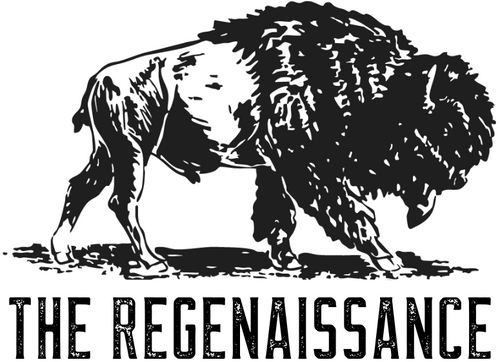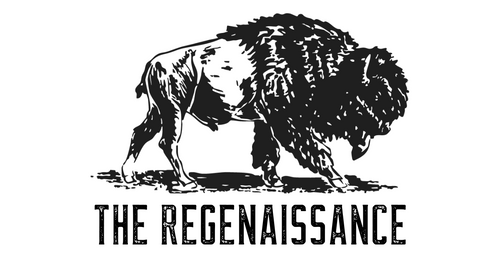Flesh-Eating Parasite Knocks on America’s Door
Rebels, the nightmare we thought we banished has returned. In August 2025, doctors in Maryland confirmed the nation’s first travel-related case of New World screwworm in decades. The patient had just returned from Central America carrying larvae of a parasite whose scientific name literally means “man-eater.”
At the same time, screwworm infestations have been marching steadily north through Mexico — now confirmed just 370 miles south of the Texas border. For ranchers, wildlife biologists, and farmers across the South, it feels like déjà vu.
“This threat is real and urgent, and we cannot afford delays,” the Texas Farm Bureau warned, calling screwworm not just an agricultural issue, but a “national security issue”.
What Is the New World Screwworm?
The screwworm (Cochliomyia hominivorax) isn’t your everyday barn fly. Its larvae feed exclusively on living flesh. Females lay eggs in wounds on animals; within hours, maggots burrow inward, consuming healthy tissue in a spiral motion “like a screw twisting into wood”.
Left untreated, even a full-grown cow can be dead within 7–10 days. Calves with fresh umbilical wounds are especially vulnerable. Wildlife such as deer and feral hogs are prime targets, and yes — even humans with untreated cuts can be infested.
The economic toll is staggering. A USDA analysis estimated that if screwworm reached Texas, it could cause $2.1 billion in cattle losses and $9 billion in wildlife losses.
Eradicated Before – But Never Forgotten
America knows this enemy well. In the 1950s, screwworms cost ranchers millions each year. The solution? One of history’s most innovative biological control programs: sterile fly releases. By irradiating fly pupae, scientists created males that produced no offspring. Releasing millions of them collapsed wild populations.
By 1966, screwworm was declared eradicated from the U.S. The war didn’t end there — a permanent line of sterile fly releases was established in Panama, holding the parasite to South America. For decades, it worked.
But in 2016, screwworm slipped past defenses. In the Florida Keys, it infested endangered Key deer, killing 15% of the herd before authorities stamped it out with quarantine checkpoints and emergency sterile fly drops.
USDA’s 2025 Response: Back to the Skies
This year, the USDA and Texas officials are racing against time. Their five-part plan includes:
-
$750 million sterile fly factory in Edinburg, TX (capable of producing 300 million sterile flies weekly).
-
$8.5 million fly dispersal base at Moore Air Base for rapid aerial releases.
-
Mounted patrol “tick riders” along the border to spot infested animals.
-
Detector dogs (“Beagle Brigade”) trained to sniff screwworms on pets and livestock.
-
Border closures: live cattle imports from Mexico were suspended multiple times in 2024–25 after detections.
Yet ranchers remain frustrated. The CDC confirmed the Maryland case on Aug. 4, but industry groups say they only heard rumors until weeks later. “They weren’t forthcoming at all,” one state veterinarian told reporters.
Regenerative Farmers: Between Principles and Survival
For regenerative and pasture-based ranchers, the stakes are existential. Their cattle graze outdoors, where minor wounds from briars or horns can become parasite gateways. Many avoid prophylactic pesticides, instead relying on biodiversity and herd resilience.
Some hope heritage breeds — with thicker hides and natural grooming instincts — may fare better than industrial cattle bred for output. Rotational grazing can break fly life cycles. Biodiverse pastures support wasps and beetles that prey on flies. But no method is foolproof.
This crisis underscores the fragility of centralized systems. When USDA closed southern cattle ports overnight, cross-border producers were cut off instantly. As one farmer put it:
“The ability to close borders instantly shows why regional food security matters.”
Wildlife in the Crosshairs
White-tailed deer, the most abundant U.S. game animal, are highly susceptible. Biologists warn that in outbreak zones, up to 50% of deer could die. That would devastate not just ecosystems but economies — Texas deer hunting alone generates $4.6B annually and supports 24,000 jobs.
Hunters, ranchers, and conservationists — often on opposite sides — are now united in urging rapid eradication.
Lessons for Food Sovereignty
The return of screwworm is a warning shot. It reminds us how quickly a parasite — or policy failure — can shake the foundations of food security. For regenerative farmers, the path forward means:
-
Building regional self-sufficiency to withstand border closures.
-
Managing herds for resilience over yield, prioritizing health traits.
-
Reinforcing ecosystem health as natural pest defense.
The sterile fly may save us again, but true sovereignty means not relying solely on government “moonshots.”
Final Word
Rebels, the screwworm crisis of 2025 may pass. But it leaves us with a question: do we want a food system so centralized that one parasite can jeopardize billions — or one where local resilience holds the line?
As Secretary Brooke Rollins said: “All of this – our food supply, our ranchers’ livelihoods, our wildlife – is at risk because of the New World screwworm.”
We beat it once. We’ll beat it again. But let’s not waste the warning.





